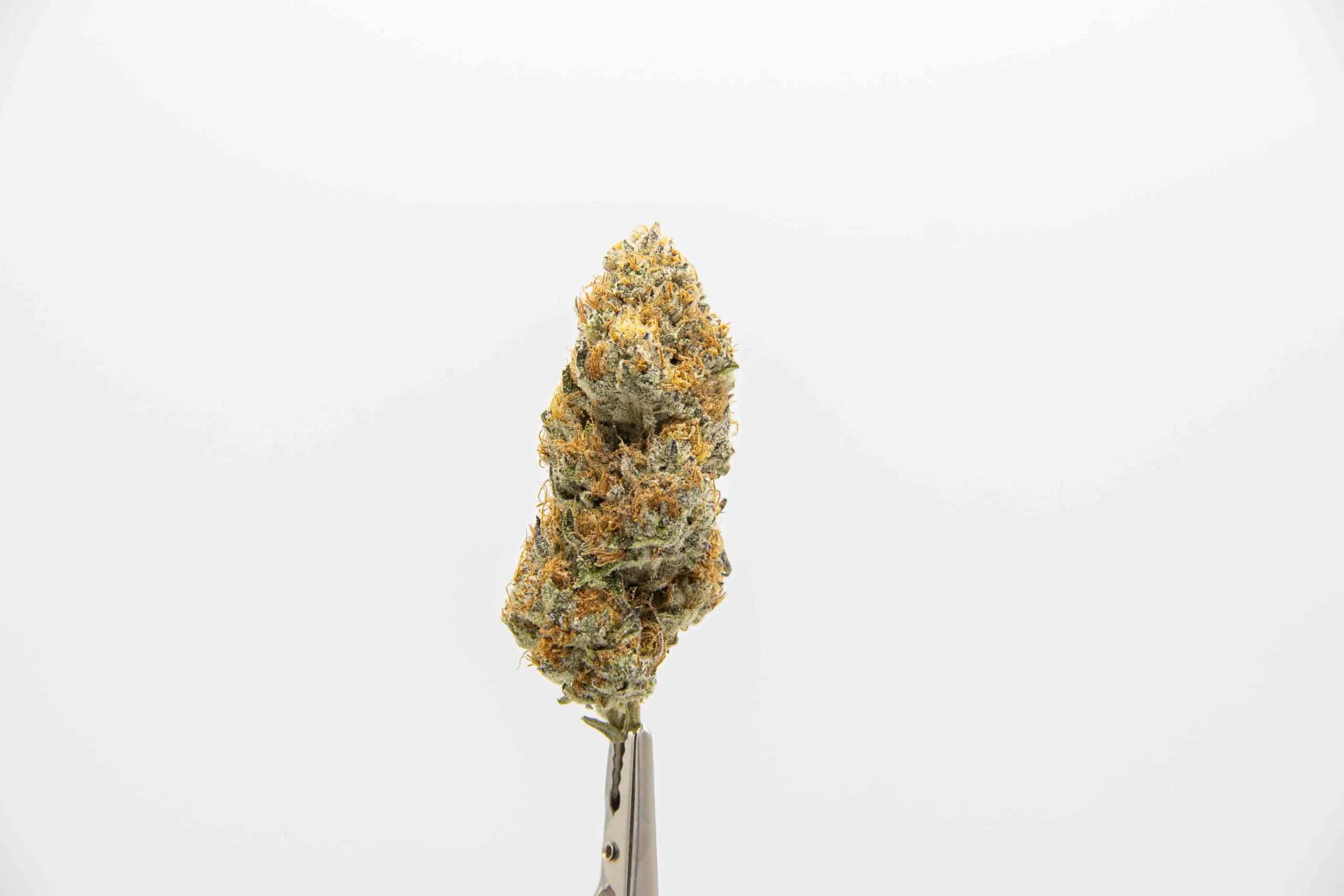

In 1900, paleontologist Elmer Riggs and crew, from the Field Museum of Natural History in Chicago, found the first known Brachiosaurus altithorax at a location later called "Riggs Hill," located off what is now State Highway 340 in Grand Junction.


Paleontology Dinosaur Hill Triceratops skull at Dinosaur Journey Museum, Fruita On April 6, 2010, Fruita became the first city in the world to enact a marijuana tax. Cowboy Charlie Glass was prohibited by law from being buried in the town cemetery, but he was still interred there. Today, the historic activities of Fruita are supported by the efforts of the Fruita Historic Preservation Board and the Lower Valley Heritage Chapter.įrom approximately 1900 to 1930, Fruita was a sundown town. Fruita also had a Civilian Conservation Corps, several Works Progress Administration projects including the town library (now the Chamber of Commerce), a federal loan for the new central school (now the Civic Center) and the construction of the Rim Rock Drive to the top of the Colorado National Monument, elevation 8,000 feet (2,400 m). Later, the Rural Electrification Project brought electricity to around 800 or 900 farms. Settled in groups of two or three families per area, 34 families were relocated by 1937. In the 1930s, Fruita participated in several government projects, including the Grand Valley Resettlement Project (later Western Slope Farms). By 1909, the town center was linked with electricity. The first water reached the town from the Colorado River in 1907. The original town site was planned for 80 acres (32 ha) with a park in the middle. This provision lasted until it was voted out in the late 1970s. Having worked with the Horace Greeley Union Colony, he founded the town in a similar way, including the provision that no liquor be sold or manufactured in the town. Pabor recognized the great promise of the Grand Valley and penned a 300-page volume, Colorado as an Agricultural State, in which he spoke of the fruit-growing potential of this area. In 1886, for the cost of $500 a farmer could buy five acres, 200 fruit trees and water. Pabor, when he formed the Fruita Town and Land Company. The present town was established on May 1, 1884, by William E. They were followed by other settlers, nearly all of whom were farmers of one sort or another. They resided in a pre-existing cabin with a dirt floor and a blanket door. The first permanent homesteaders in the Fruita area were possibly Mr. The city motto is "Honor the Past, Envision the Future".įruita has had steady population growth for over a century, with descendants of many of the original pioneers still living in the area. Fruita has been the winner of the Governor's Smart Growth and Development Award for four consecutive years. Ten years later, Fruita was incorporated.Įconomically, it started out as a fruit-producing region, but today it is well known for its outdoor sports such as mountain biking, hiking, and rafting, its proximity to the Colorado National Monument, and its annual festivals. Originally home to the Ute people, white farmers settled the town after founder William Pabor in 1884. The geography is identified by the bordering Colorado River (historically known as the Grand River) on the southern edge of the town, the Uncompahgre Plateau known for its pinyon-juniper landscape, and the Book Cliffs range on the northern edge of the Grand Valley. Fruita is a part of the Grand Junction, CO Metropolitan Statistical Area and lies within the Grand Valley. The city population was 13,395 at the 2020 United States Census. The City of Fruita / ˈ f r uː t ə/ is a home rule municipality located in western Mesa County, Colorado, United States.


 0 kommentar(er)
0 kommentar(er)
